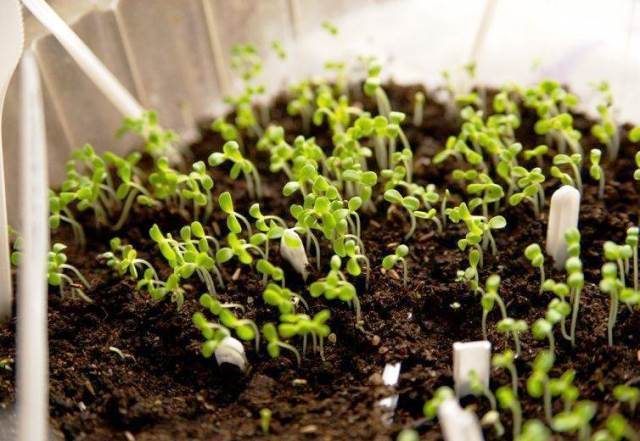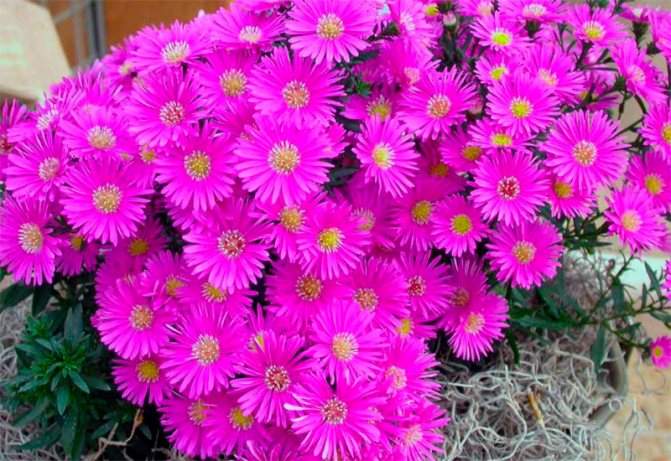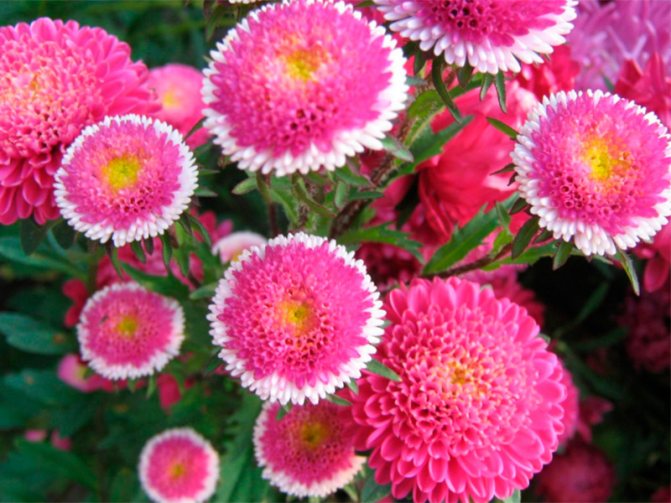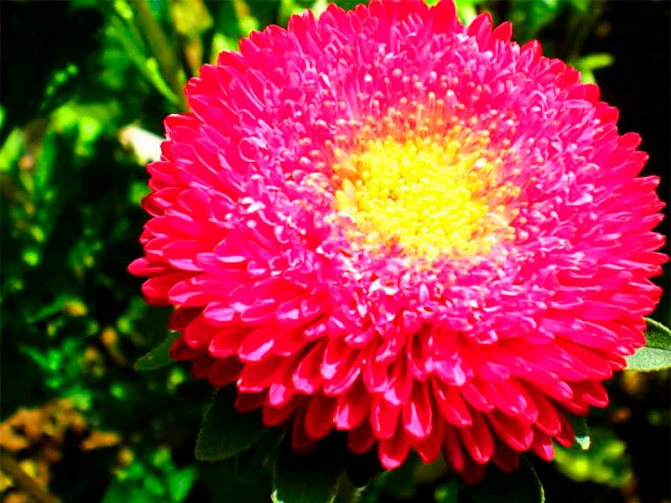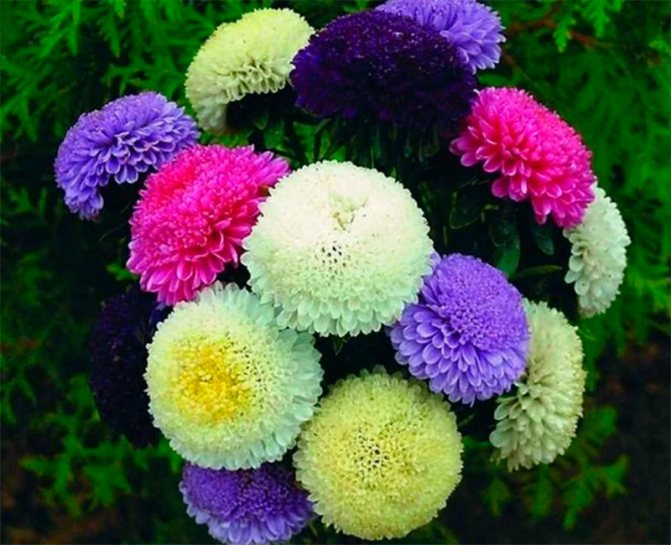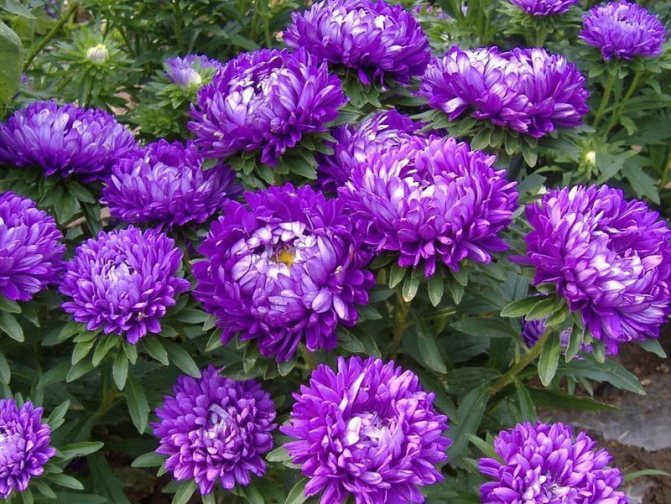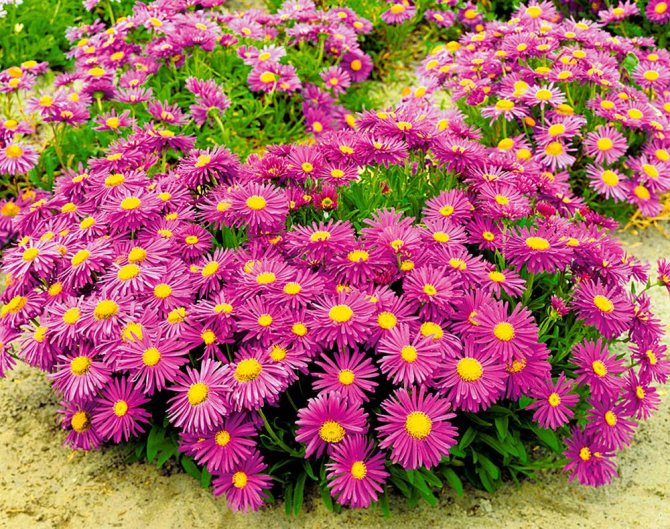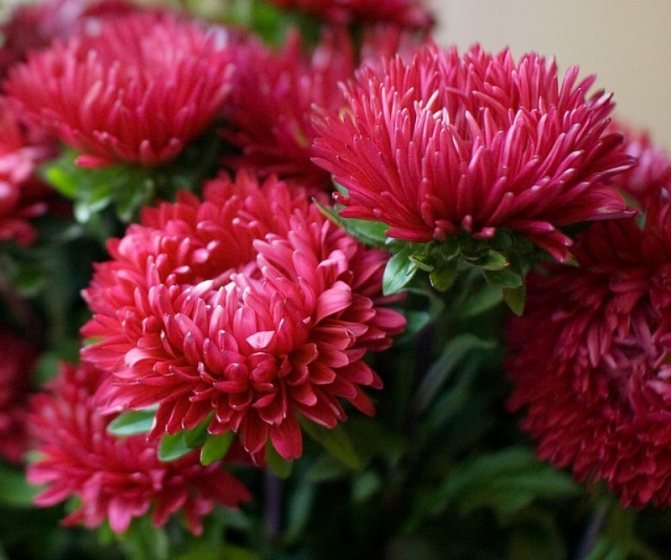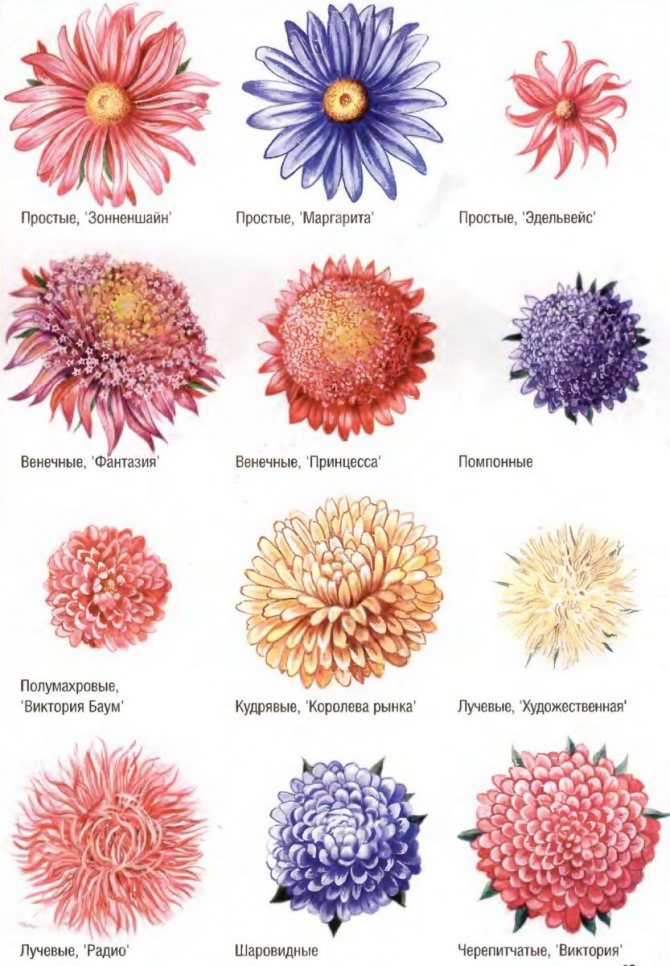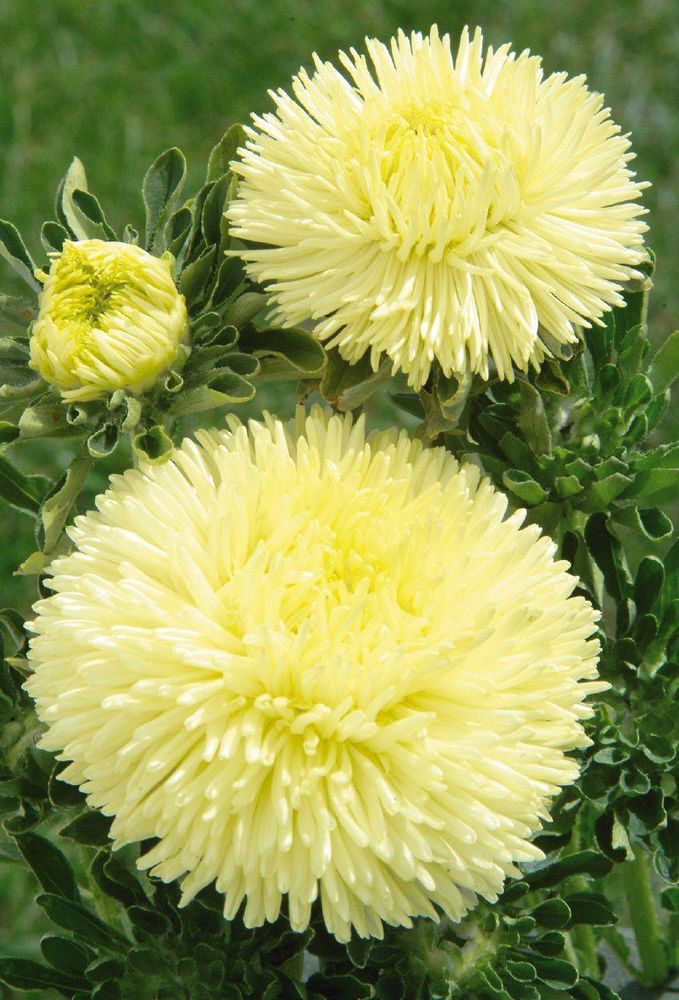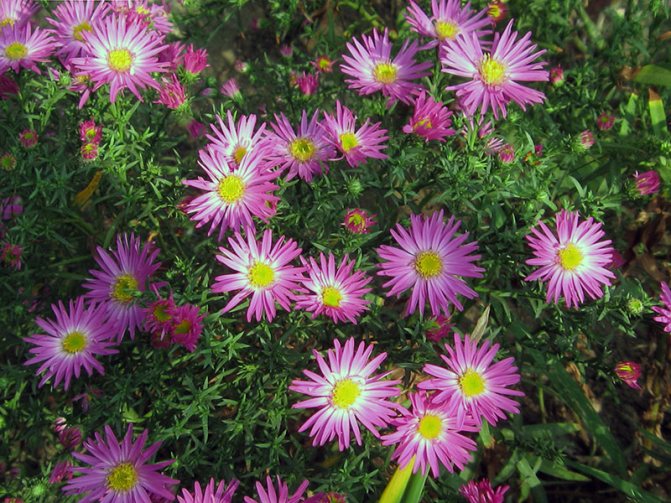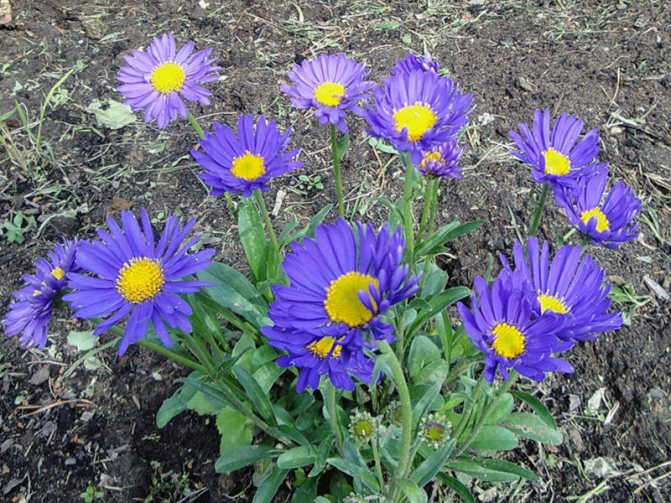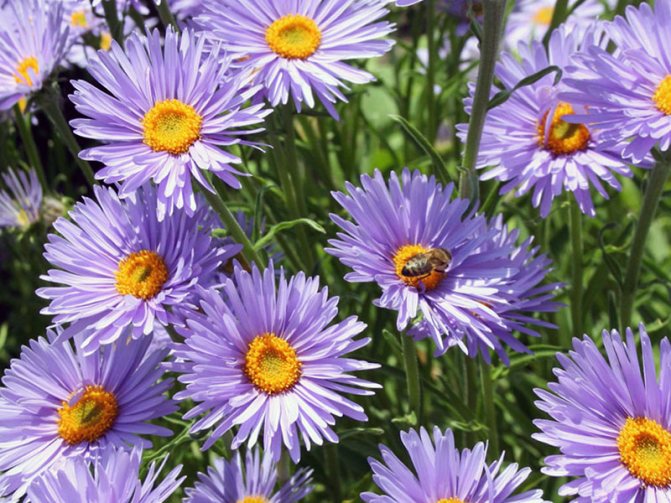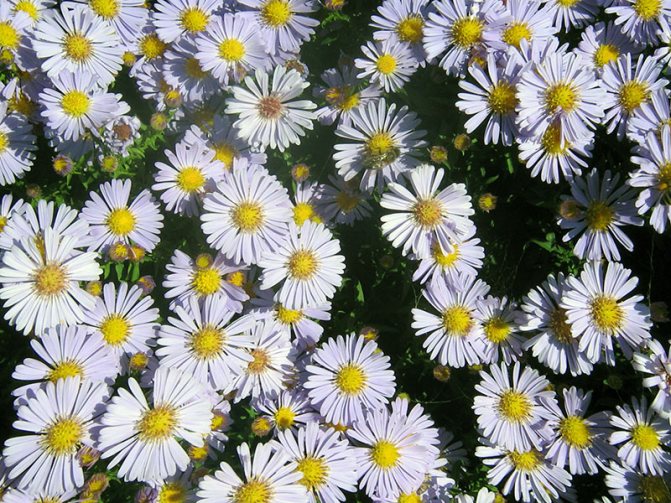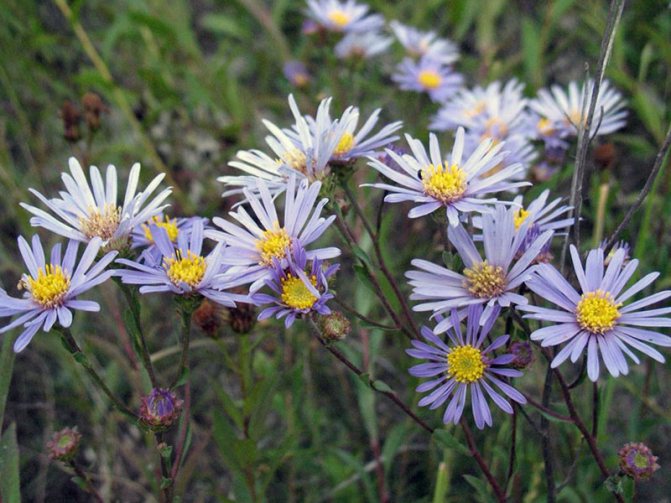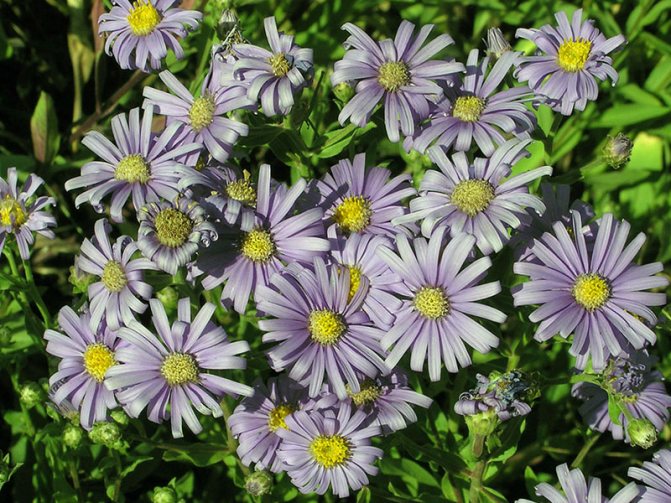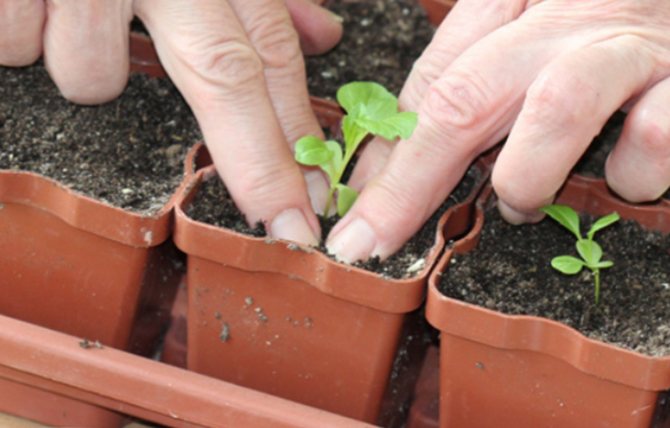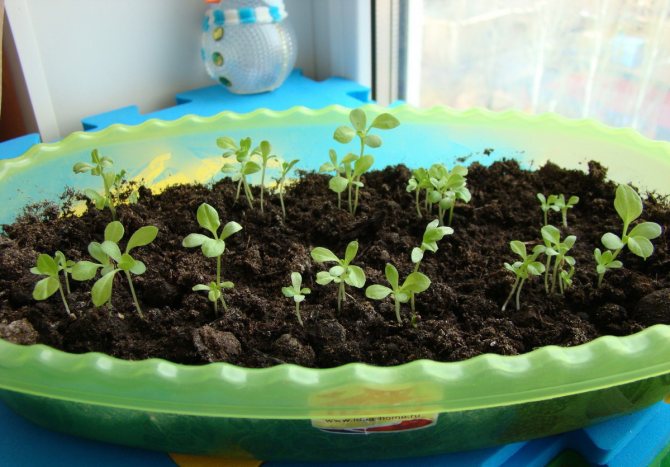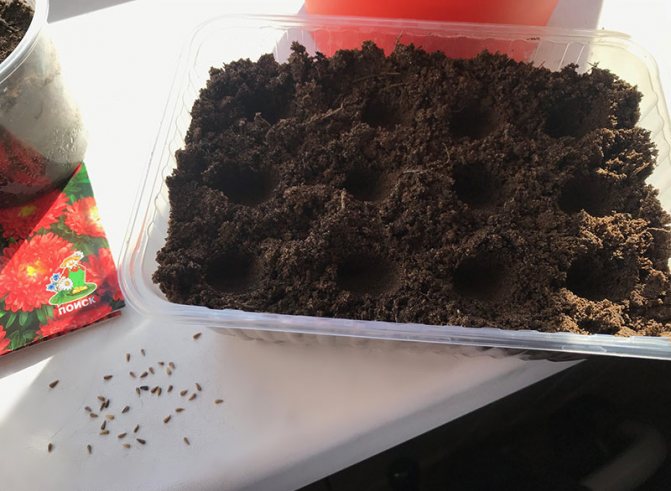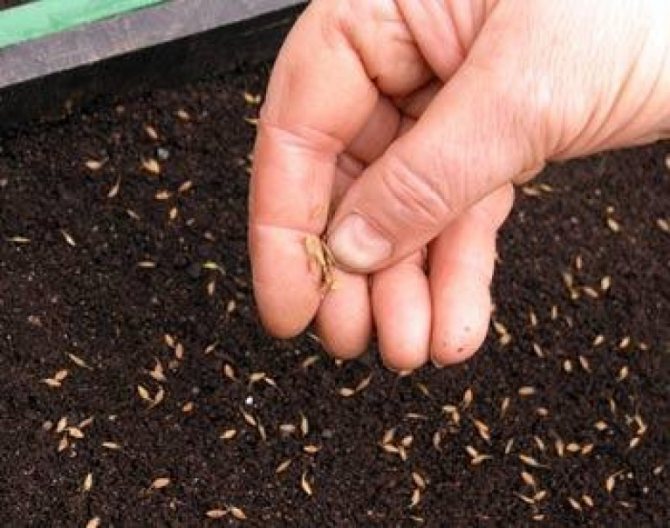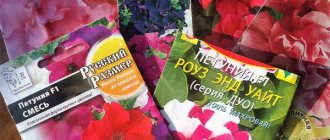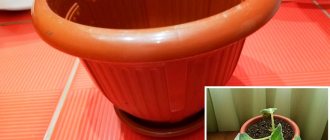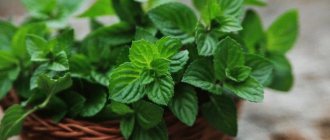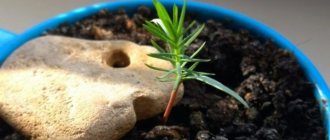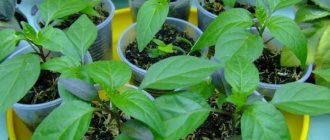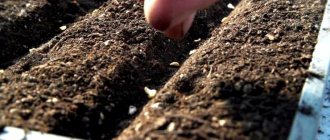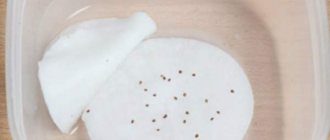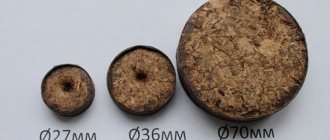A riot of colors, a spectacular look, an exquisite flower bed decoration - these are asters. Popular flowers are double and chamomile, peony and Tatar, Italian and needle, chrysanthemum and Chinese, tall and dwarf. Landscape designers, gardeners, residents of private houses, fans of lush blooms are actively using hundreds of interesting varieties to decorate various zones.
When to sow aster seedlings? How to care for seedlings? What varieties are highly decorative? What problems do flower growers face when growing annual and perennial species? How to protect open field flowers from pests? Florists will find answers to these and other questions on the topic in the article.
The advantages of the seedling method
A flower that looks like a star, experts do not recommend growing from seeds sown directly into garden soil. Many varieties have a low germination rate. Outdoor conditions reduce the chances of seeds germinating.
The seedling method of breeding asters is more preferable. It allows you to:
- increase the rate of germination of seed;
- make plants more robust and hardy, less susceptible to weather conditions;
- achieve earlier flowering compared to flowers grown by sowing seeds in open ground.
From the moment of planting the seed in the soil to the onset of flowering, it takes about 3.5 months. The seedling method can significantly reduce this period.
Collection and storage of seeds
A feature of asters is the ripening of seed material in 1.5-2 months from the moment the first inflorescences appear. In some cases, the time for harvesting grains falls on prolonged rains or autumn frosts, which often leads to the death of flowers.
Many gardeners cut the aster heads in advance and lay them on the windowsill, but such seed material does not always give good shoots.
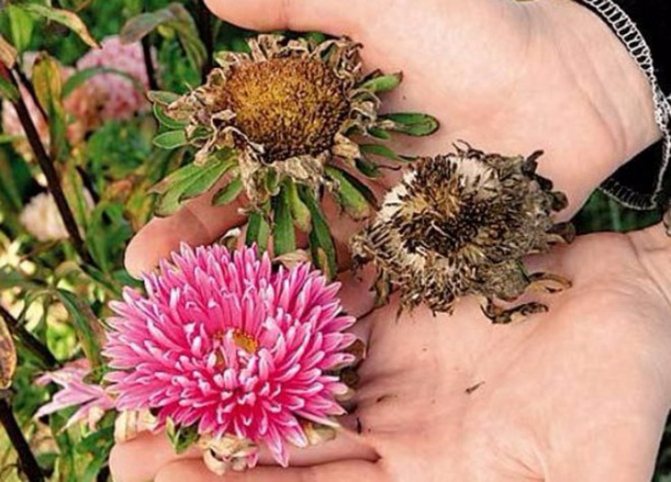
To preserve germination, it is necessary to dig up the plant and transplant it into a flowerpot, which is later installed on the windowsill. The culture will take about two or three weeks to mature. All this time, the bush needs to be rotated around the axis so that it receives a sufficient amount of sunlight.
After the inflorescences wither and the petals dry, a dark spot and fluff will appear in the center of the flower. At this time, you need to rip off the heads and place them in a paper bag, which should be stored in a dry and warm room. The packaging must indicate the date of seed collection, aster variety and color. We do not recommend storing the seeds for a long time, after two years their germination will decrease by 2.5 times.
Suitable varieties
Asters are a garden crop characterized by an abundance of varieties. It is not surprising for a novice florist to get confused when making a choice. When buying varietal seed, they study the characteristics of the flower:
- stem height indicator;
- bush geometry;
- the duration of the flowering period, the timing of its onset;
- branching features;
- structural features of the inflorescence, its diameter;
- purpose;
- coloring.
Quality seed is sold with a full description of the plants grown from it. It depends on the variety how beautiful and harmonious the flowerbed will look in the fall.


To decorate the garden path, preference is given to undersized varieties, terry or needle-like. They are good for getting a border, edging a flower bed.The color palette is varied. Most often, undersized flowers are blue, pink and red.
When growing crops for sale, preference is given to medium-sized and tall varieties.
A flowerbed with a group planting of tall asters has an original look. They can also be used in flower bouquets. Plants of a variety, characterized by a columnar bush, have a spectacular appearance. Peony asters are extraordinarily beautiful. Popular varieties, in the list of which you can see:
- The Blue Tower;
- Heavenly Apolonia;
- Rosana;
- Galu.
Among the most spectacular asters, which are tall needle-like ones, one can see plants of the variety called:
- Naina;
- Night star;
- Isadora;
- Blue frost.
Varieties of pompom asters are also loved by gardeners. They prefer Winter Cherry, Feuertotu for garden decoration.
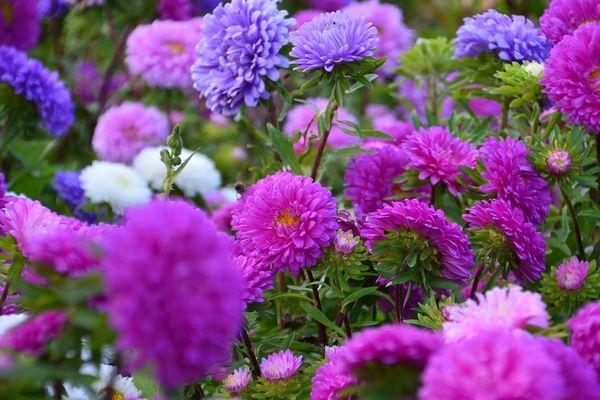

Types and varieties of asters
These flowers are considered herbaceous perennials, but annuals also exist. Depending on the characteristics of a particular species, these crops can be distinguished by the height or shape of the leaf. Inflorescences are mostly needle-shaped, made in the form of a basket.
The most famous species are considered to be the New Belgian asters, their height can range from 30 to 140 centimeters.
Dwarf varieties are no less popular. They are used to decorate alpine slides, rose gardens, flower beds and flower beds. The flowering of such crops begins in September and continues until the frost.
Laplata
The Danish cultivar is a medium vigorous crop with a weakly branched columnar bush. The shoots of the plant are weakly leafy. Among other features of Laplata, intensive flowering should be distinguished - up to 16 inflorescences can bloom at the same time on a bush. Flowering lasts up to 2 months, the diameter of an individual flower can reach 9 centimeters.
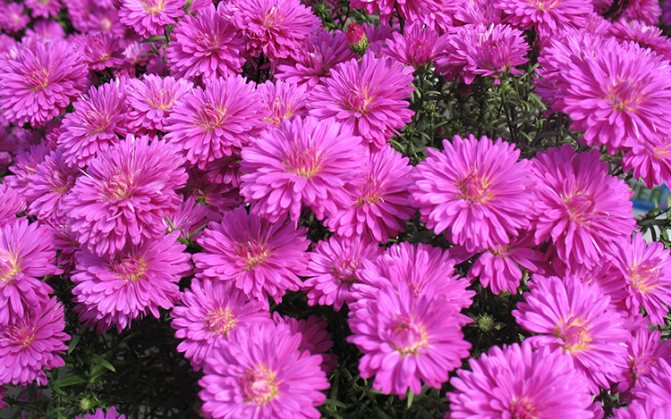

Oktyabrina
The annual aster has a beautiful branchy bush up to 45 centimeters in height. Inflorescences are dark red up to 8 centimeters in diameter. The flowering culture is observed in July. The advantage of the plant in question is its resistance to diseases.
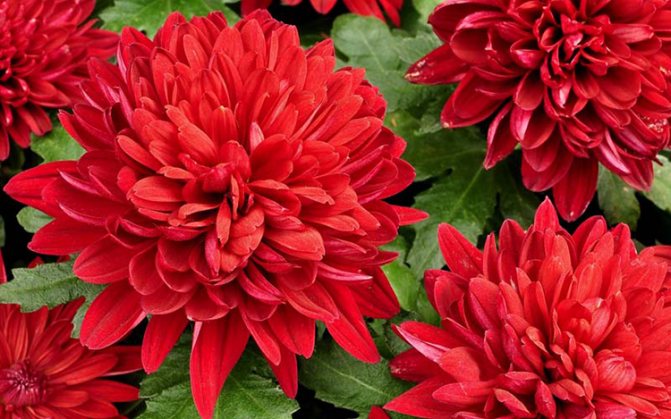

Lime
The annual needle aster has an average flowering period (about 50 days). The height of these plants is within 55-65 centimeters. Inflorescences with double petals, lilac hue, reach 14 centimeters in diameter.


Gala
The annual acicular variety has a pyramidal bush shape. Plant height up to 80 centimeters, densely double inflorescences up to 12 centimeters in circumference. The flowering period of the culture is from the first decade of August to mid-October. The buds have a variety of colors: red, purple, beige, pink.
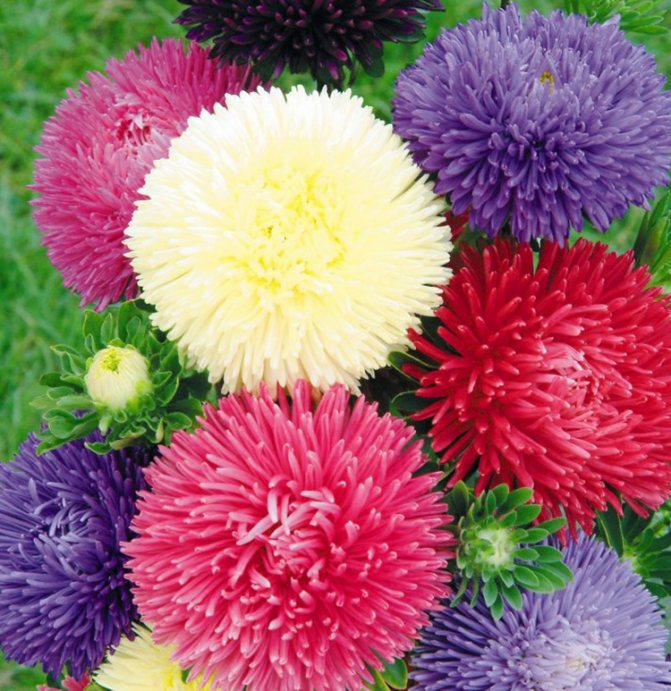

Glow
The dwarf royal aster is made in the form of a spherical bush up to 35 centimeters in height. Terry inflorescences up to 5 centimeters in diameter. These asters bloom from mid-summer to late autumn, their feature is considered to be high resistance to diseases.


Snow White
The pink-shaped annual aster has a columnar bush up to 70 centimeters high. Inflorescences are white, densely double, their size does not exceed 12 centimeters. The variety is characterized by long flowering, about 2 months. Snow White's flowers are used for cutting; its advantage is considered to be high resistance to fusarium.
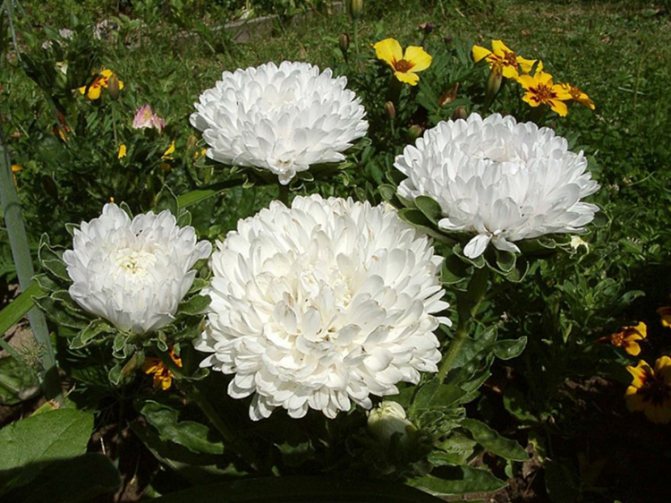

Ruckley
An excellent annual variety has a special appearance. The bush is compact up to 50 centimeters in height. Terry inflorescences are flat-round in shape, their diameter ranges from 4 to 8 centimeters. The petals have several shades. The lower part of the inflorescences is white, the central part is blue.
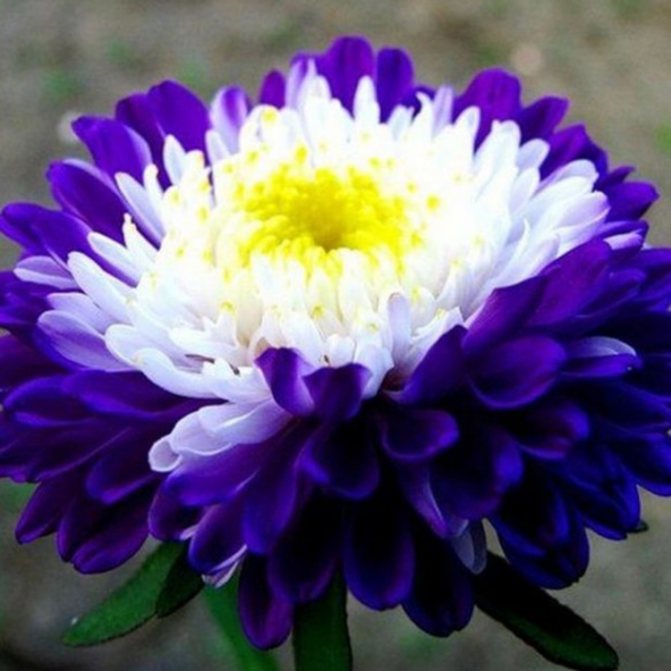

Princess
Medium-sized aster has strongly leafy shoots and branched bushes. On each such plant, 20-25 inflorescences can bloom at one time. The flowering period of the culture is from late July to mid-autumn.These flowers are grown for cutting.
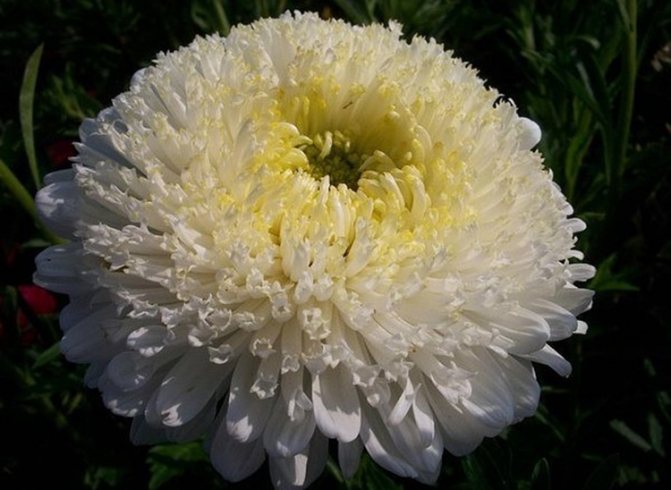

Secrets of growing aster seedlings at home
Successful cultivation of seedlings at home is possible subject to the purchase or self-collection of high-quality seed. It must be obtained from a healthy plant with the best characteristics of the variety.
Aster seedlings grow well on the window. In addition to seeds, you need to stock up:
- containers (can be small);
- glass or PVC film to create a semblance of a greenhouse;
- suitable primer.
When to sow seeds?
The timing of planting seeds for seedlings depends on:
- peculiarities of the climate in the region of growing crops;
- varietal accessory of the plant.
What to do with seeds before planting
Freshly harvested aster seeds germinate well, so special preparation for planting is not required. You can soak them in water for 3-5 days to start germination, but this is not necessary. This is done only with lying material. An hour before sowing, it is worth "pickling" with a manganese solution. The implementation of the listed recommendations will help prevent the subsequent development of diseases.
What soil is needed
Successful germination of garden aster seeds is possible only when optimal conditions for the plant are created. Clear requirements are imposed on the composition of the soil, the usual "garden" land should not be used. The soil is taken air and moisture permeable. You can use store-bought seedling soil or mix at home using the following ingredients (in parts):
- garden land - 1 hour;
- horse peat - 1 tsp;
- coarse river sand - 1 tsp
The listed components must be mixed well to obtain a homogeneous composition. It is recommended to disinfect the soil: spill it with a manganese solution or steam it in the oven.
In what containers to grow
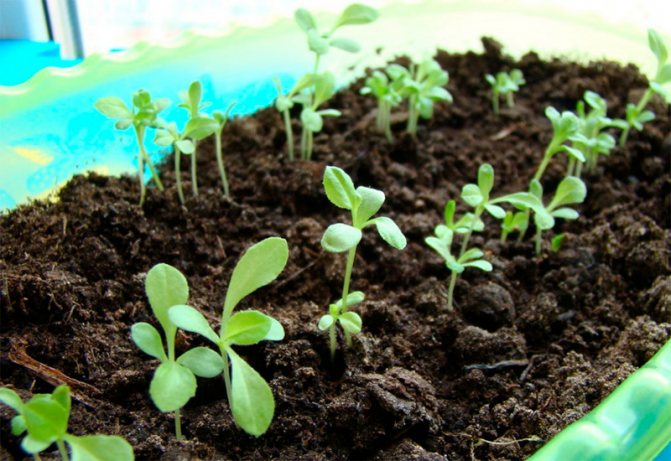

To make the seedlings as comfortable as possible, you need to choose the right container. Remember that a very deep vessel is not needed; it will encourage permanent bays. The unformed root system of plants will suffer from this.
It is better if the vessel meets the following requirements:
- wide container in height no more than 5 cm;
- there are holes in the bottom for draining excess liquid;
- the box can be made of plastic or wood.
A greenhouse is necessary for successful seed germination, and it is very simple to make it. Suitable size glass or plastic wrap can be used. You have to be careful with the latter. Condensation (evaporating water) will definitely accumulate on the surface of the coating. The film will sag under the weight and may touch the landings.
Helpful information! If the seedling boxes are old (were in use), they must be washed well, and then treated with a solution of potassium permanganate.
Sowing seedlings
Growing from seed will be successful if the grower follows this step-by-step algorithm:
- Drainage is laid at the bottom of the tank. The box is filled with prepared soil to 2/3 of the height.
- Furrows are made on the soil surface - no more than 2 cm in depth. The distance between them is about 3 cm.
- Seeds are laid out densely, germination may not be 100%. Unnecessary seedlings must subsequently be thinned out.
- Sprinkle the prepared furrows with soil, spray with warm water, cover with glass or foil.
Place the box with seedlings in a warm and well-lit place, otherwise they will stretch. Control the germination process, regularly moisten the soil with a spray bottle.
Dive or not when to do it
For planting plantings, use the soil mixture used for sowing, but minerals are added to it - it is better to use a dry complex fertilizer. Aster picking is carried out after 2-3 true leaves appear on the plant.
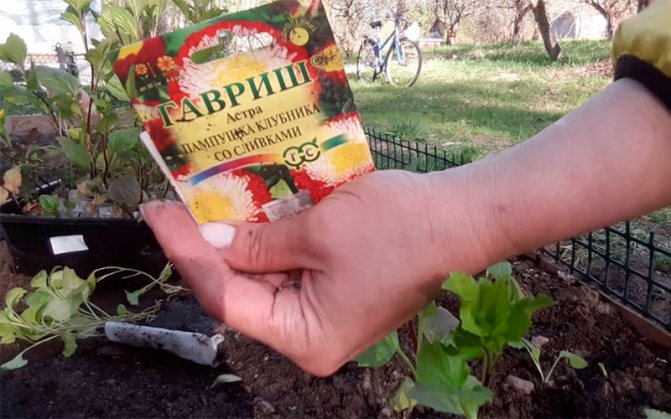

Small pots are used for planting. They are filled with soil and the composition is slightly tamped. In the center, a furrow is made of the depth necessary for planting the plant.A seedling is taken out of a common box with seedlings, its root system is examined, and a pinch is done. It is important to control the depth of planting the seedling in a separate glass, it should not be buried, this can lead to overflow.
We can say that the question of whether to dive seedlings or not should not arise. This process is necessary. Saplings become stronger, their growth is accelerated, and development takes place as quickly as possible.
How to water and what to feed
For moisturizing young plants, the following rules apply:
- the procedure is provided after the top layer has completely dried;
- it is better to use a spray bottle or watering can with small holes;
- the water must be warm and settled;
- the bay is unacceptable, it will inevitably lead to the formation of a disease called black leg.
You can start feeding seedlings only after picking, after 10-14 days. You can use a complex fertilizer, it is applied in the morning after watering. If mineral fertilizer has been added to the soil, this is not necessary.
Flower care recommendations
Correctly planting asters on seedlings will not give a good result if you do not provide the plant with adequate care.
Humidity and watering
Seedlings of asters need moderate watering. Water the plants at the root. Seedlings should be irrigated with warm water from a spray bottle. It is monitored so that a crust does not appear on the ground.
Top dressing
It is necessary to feed seedlings with poor soil. Mineral formulations with a high content of phosphorus, nitrogen, potassium, iron, such as Fertika, Agricola and Solvent, are used.
The seedlings are fertilized for the first time 2 weeks after the pick. The second time feeding is applied 14 days after the first.
Temperature
For the normal growth of seedlings, the temperature regime should be + 20⁰С.
Picking
The procedure for transplanting seedlings into separate pots, called picking, is performed when 2-3 leaves appear on the plants.
Lighting up
If there is a shortage of light seedlings, they resort to supplementary lighting using artificial lighting lamps. You can avoid this by growing the plant on the south window.
Hardening
Dived seedlings need to be hardened. For this purpose, the formed plants with 5 leaves are taken out to the glazed balcony. First, they are left for a quarter of an hour. Each subsequent day, the time spent on the balcony is extended by 20 minutes.
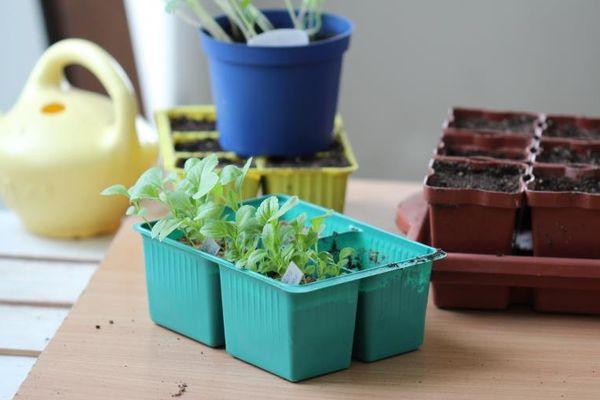

Outdoor care for asters
Asters are undemanding to care for. It consists in moderate watering. Waterlogging is unacceptable. Threatens with root rot.
Root feeding with mineral fertilizers or ash infusion is also recommended. It is first resorted to 2 weeks after planting seedlings in a flower bed.
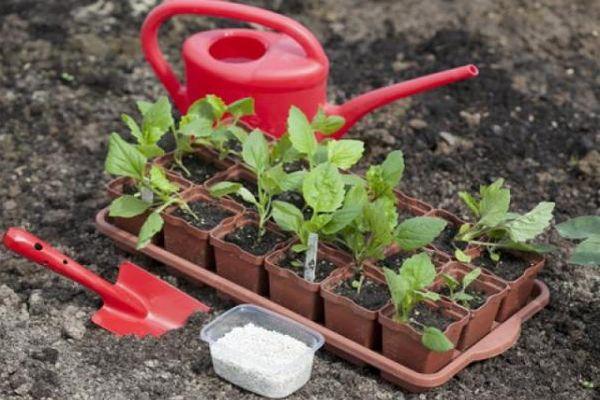

Tall asters should be spud. This will ensure the stability of the bush, give more nutrients to the plant, and prolong its flowering period.
An important point of care is weeding and surface loosening. You can fight weeds more effectively by resorting to mulching with sawdust or tree bark.
Plants of certain varieties also need to be pinched to avoid the formation of lateral shoots. You should get rid of faded inflorescences in time.
Annual asters
If everything is quite simple with perennial asters, then annual Chinese classifications have many. They are categorized by:
- growth,
- color,
- flowering time,
- the structure of the inflorescences;
- cultivation goals.


Annual asters
Flowering times are early, mid and late. It starts with the arrival of summer and ends with the arrival of autumn.
The height of the bush is from dwarf forms (20-25 cm) to meter-long giants.
The colors of summer asters are very diverse: blue, yellow, red, white, pink, blue, purple, burgundy, brown. There are even two colors.So far, only black, orange and green asters have not been brought out.
Asters can be grown for cutting and for decorating flower beds. The latter are subdivided into casing (they are more compact and used as curb) and universal.
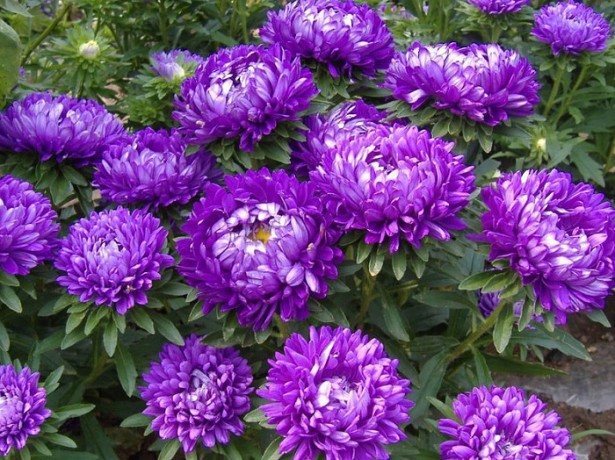

Annual asters terry
By the structure of inflorescences there are:
- terry, semi-double and non-double;
- curly and rectangular;
- coronary;
- spherical;
- hemispherical;
- needle-like;
- tiled.
Possible problems with seedlings and their solutions
Growing seedlings of asters is fraught with problems if it is improperly cared for or if the seedlings are affected by diseases.
Leaves wither and dry
Plants often disappear due to fusarium wilting. The disease manifests itself in the appearance of spots on the leaves, their acquisition of a brown color. The seedling dies without treatment.
The disease is transmitted from one plant to another, progresses at an ambient temperature exceeding + 20⁰С. Acutely manifests itself during the period when the buds are tied.
You can prevent the problem:
- seed dressing with foundation;
- steaming the soil before planting;
- systematic spraying of plants in a flower bed with a solution of copper oxychloride.
Leaves turned yellow
Aster leaves turn yellow due to the defeat of the bush with rust, jaundice. In the first case, it is required to spray the plants with Bordeaux liquid once a week. In the second - to irrigate with a solution of actellik, inta-vir, soapy water.
Leaves curl
Leaves that curl into a tube are a problem provoked by fusarium. It can be prevented by preventive measures, in particular the use of a solution of potassium permanganate for soil cultivation.
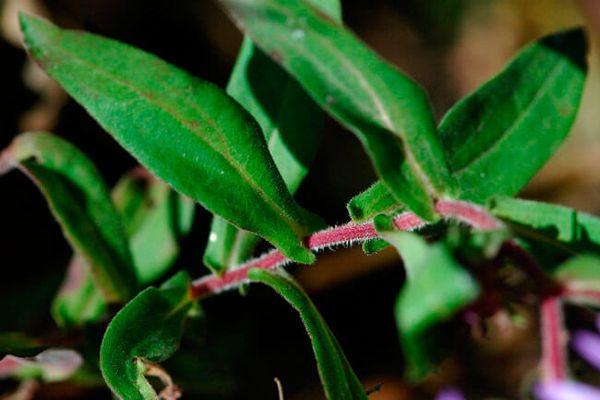

The disease is caused by an increased acidity of the soil, the use of manure as fertilizer, and excessive watering.
Dry on the vine
Plants can dry out on the root due to fungal infection, in particular fusarium. The seedlings that have suffered from it are removed, the healthy ones are transplanted to a new place.
Blackleg
A fungal disease called blackleg often affects asters. Plants turn black, rotting of the roots and stem at the base of the bush is observed. Affected asters die.
Bushes growing in acidic soil are susceptible to the disease.
You can fight fungal infection:
- early picking of seedlings;
- removal of affected seedlings;
- disinfection of boxes, soil with a solution of potassium permanganate;
- sprinkling the soil around the bush with sand.
Watering the buds with onion peel infusion, produced 3 times with an interval of 1 week, will destroy the fungus.
Curly leaves
Asters lead to curly leaves:
- defeat of aphids;
- insufficient watering;
- excess nitrogen in the soil.
The use of special store products, including pesticides, will help fight pests.
Seedlings stretched out
Illiterate care leads to the elongation of seedlings. Plants need good lighting and low temperature conditions. 3 days after sprouting, it is required to lower the temperature in the room and provide maximum illumination.
A thickened planting or over-watering also leads to a problem.
Growing asters from seedlings allows flowers to better take root in the flower bed, be stronger, and bloom earlier and longer.
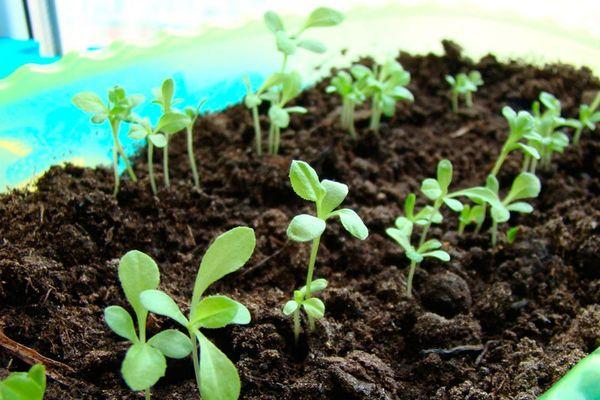

Compliance with the rules of growing seedlings, planting them in open ground and subsequent care is a guarantee that flower beds with flower "stars" will delight the eye with bright colors for a long time in autumn.
Soil preparation before sowing seeds
The soil for seedlings is used fresh, loosened, as fertilized with humus. In no case should you sow seeds in the ground in which plants have already grown earlier. Take 3 parts of turf, 2 - peat land, add 1 part of coarse sand and a couple of tablespoons of wood ash.
All parts are thoroughly mixed with each other and filled in containers intended for seedlings.The ideal option would be to use small wooden boxes. It is advisable to sprinkle the soil on top with a layer of sand 1 cm thick.
When there is no opportunity for self-preparation of the substrate, you can buy ready-made soil in the store and add wood ash and river sand to it so that it becomes more airy and light, as well as water and breathes well.
Aster has a large enough seed, so there are practically no problems with sowing it. With proper preparation of the land, non-thickened plantings, well ventilated, plants very rarely get sick.
The soil, in order to prevent diseases, can be pre-treated with a weak solution of potassium permanganate, and the planting material itself can be etched with any fungicide, and then dried.
